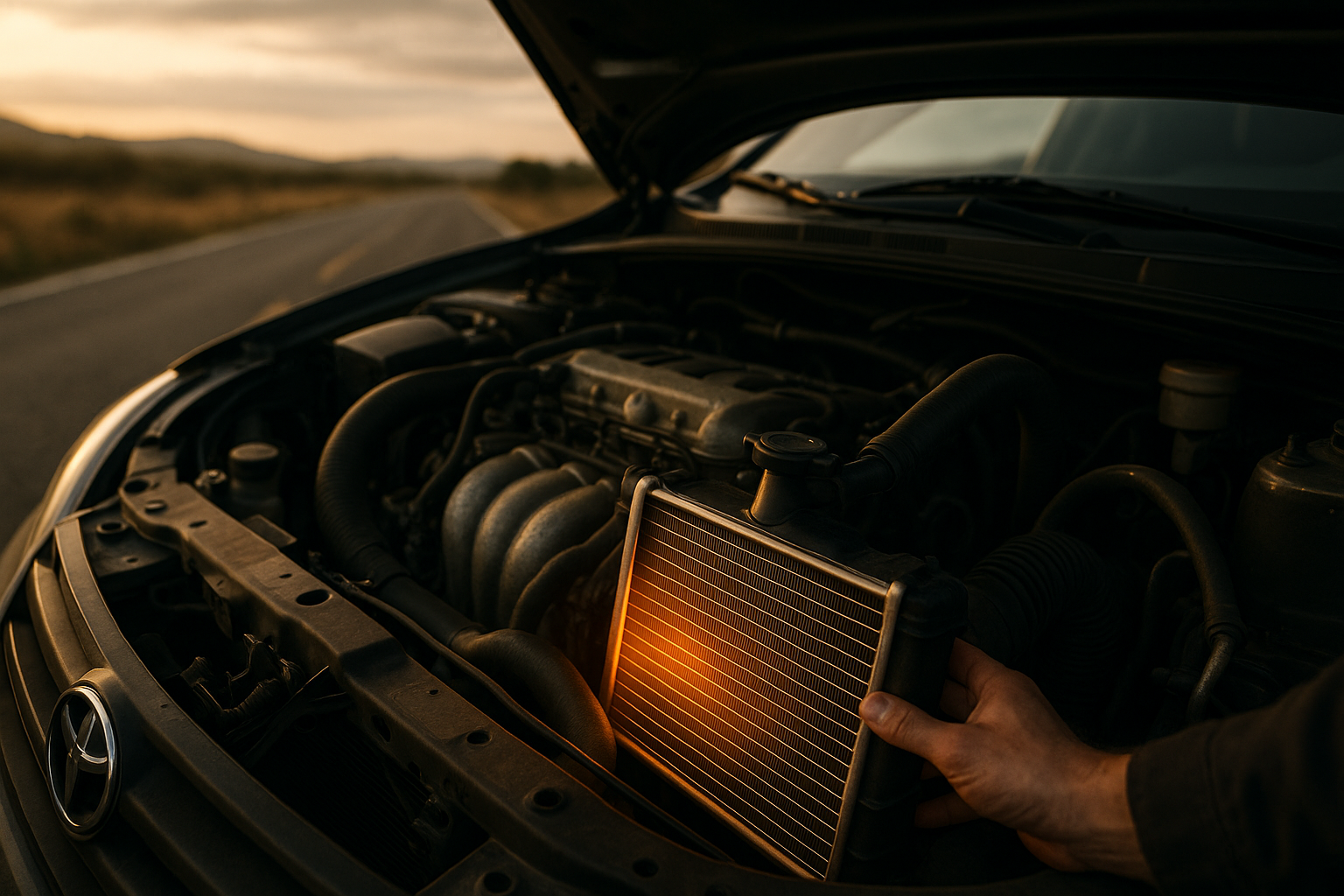Essential maintenance checklist for long-distance road travel
Traveling long distances by road requires careful preparation to reduce the risk of breakdowns and delays. This article outlines a practical maintenance checklist covering mechanical inspection, electric vehicle considerations, diagnostics, telematics, fuel planning, and ownership responsibilities to support safer, more reliable journeys.

Traveling long distances by road demands more than packing and route planning; it calls for a systematic maintenance approach to protect safety and vehicle longevity. Before leaving, perform a clear pre-trip inspection that covers fluids, tires, brakes, lights, and emergency equipment. Whether you drive a combustion or electric vehicle, checking service records and verifying recent repairs or diagnostics results helps identify lingering issues. Crossborder trips add compliance checks such as documentation and regional regulations, and leasing or owned vehicles may have differing servicing obligations that influence how you prepare.
Pre-trip maintenance and inspection
A thorough inspection should start at least 48 hours before departure. Check tire pressure (including the spare), tread depth, and signs of uneven wear; adjust pressures for the expected load and altitude changes. Inspect brake pads, rotors, and fluid levels, and top up engine oil, coolant, and windshield washer fluid as needed. Verify exterior lights, wipers, and door seals. Assemble an emergency kit with first-aid supplies, basic tools, a flashlight, and reflective gear. Local services can perform a full inspection if you prefer professional confirmation, which is valuable for unfamiliar vehicles or complex systems.
Electric vehicle considerations
Electric vehicles require specific attention before long trips: confirm battery state of charge and recent charging history, and map charging stations along your route. Review battery health reports from diagnostics and ensure the onboard charging equipment and cables are in good condition. Consider how ambient temperature and sustained high-speed driving affect range and plan buffer time for charging stops. For leased EVs, check the lease agreement for permitted servicing locations and any manufacturer-recommended battery servicing intervals. Sustainability goals and efficient route planning can reduce energy consumption and charging frequency.
Diagnostics, repair, and servicing
Run or request a diagnostics scan to reveal fault codes for engine, transmission, or ancillary systems; address any active or pending faults before departure. Minor issues that seem cosmetic may escalate under continuous load, so prioritise repairs for brakes, suspension, and steering components. Keep a record of recent servicing, part replacements, and recommended repair intervals to support continuity of care. If you book servicing with local services in your area, confirm that replacement parts meet manufacturer specifications to preserve reliability and warranty coverage.
Telematics, safety, and crossborder compliance
Telematics can improve safety and logistics for long-distance travel by providing real-time diagnostics, location, and driver behaviour data. Enable relevant telematics alerts for engine warnings, tire pressure monitoring, and scheduled servicing reminders. For crossborder travel, verify vehicle registration, insurance, and any country-specific safety requirements such as reflective vests, warning triangles, or emission stickers. Keep digital copies of documents and ensure your telematics or navigation systems are updated with offline maps for areas with limited connectivity.
Fuel planning and sustainability choices
Plan fuel or charging stops based on realistic consumption figures, including extra allowance for detours or traffic. For combustion vehicles, check fuel-system health—filters, injectors, and the fuel pump—during servicing. For greater sustainability, consider route selection that minimises stop-and-go traffic and idling, and maintain efficient driving habits such as steady speeds and gentle acceleration. Carry basic additives or fuel treatment only if recommended by the manufacturer, and store necessary liquids safely in approved containers when required.
Ownership, leasing, and vehicle longevity
Ownership status affects how you handle maintenance obligations; leased vehicles often require approved servicing at specified intervals and may restrict modifications. Keep an organised log of inspections, diagnostics reports, and repairs to demonstrate proper care, which supports resale value or lease-end inspections. Follow manufacturer servicing intervals to preserve longevity, and consider extended warranties or maintenance packages if frequent long trips are part of your routine. Regular, documented servicing reduces the chance of unexpected repairs during extended travel.
Proper preparation combines routine mechanical checks, targeted diagnostics, and planning for fuel or charging stops, while accounting for telematics, crossborder rules, and ownership obligations. A methodical checklist and timely servicing can reduce disruptions and support safer, more sustainable long-distance travel without relying on last-minute fixes.





